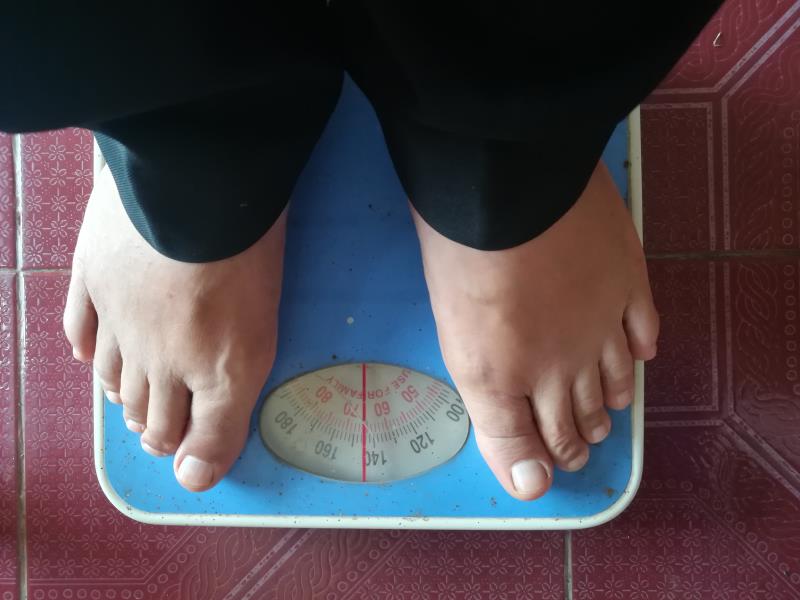
Metabolic and bariatric surgery (MBS) decreases the prevalence of musculoskeletal and lower extremity (LE) joint pain and poor physical function in severely obese adolescents, according to the Teen-Longitudinal Assessment of Bariatric Surgery (Teen-LABS*) study.
“MBS leads to large and sustained reductions in joint pain and improvements in physical function in adolescents with severe obesity over 3 years. These improvements will allow teenagers to move, be more functional, and participate in physical activity to improve their joint health and maintain their weight loss,” said the researchers.
This prospective, observational study included 219 adolescents with severe obesity (mean age 17 years, median BMI 50.0 kg/m2) who underwent either Roux-en-Y gastric bypass surgery (n=152) or vertical sleeve gastrectomy (n=67) at five centres in US between February 2007 and December 2011. Pain was assessed using a visual analog scale and physical function status was based on HAQ-DI* scores. Health-related quality of life (HRQoL) was evaluated using IWQOL-Kids** and the SF-36*** Health Survey. [Pediatrics 2019;144:e20191399]
After surgery, musculoskeletal and LE joint pain decreased by 40 percent at 6–12 months, which was sustained for 3 years.
In addition, those who reported a BMI decrease of 10 percent after surgery had a significantly lower likelihood of having musculoskeletal pain (odds ratio [OR], 0.94, 95 percent confidence interval [CI], 0.92–0.99; p<0.01) and LE pain (OR, 0.90, 95 percent CI, 0.86–0.95; p<0.01).
Results also showed that adolescents who underwent MBS demonstrated a decreased prevalence of poor physical function (defined as HAQ-DI score of >0, which can predict greater odds of LE pain), from 49 percent to <20 percent (p<0.05) at 6 months, which persisted for 3 years.
With regard to HRQoL after MBS, a significant improvement was observed in IWQOL-Kids total and SF-36 scores at 6 months (>10 points; p<0.01) and was maintained over time, which suggests “a meaningful improvement,” the researchers noted. “Having better scores on the IWQOL physical comfort score predicted lower odds of having persistent musculoskeletal and LE pain.”
However, 30 percent of adolescents still had persistent joint pain after MBS.
“[Nevertheless, we still] provide long-term evidence that joint pain and poor physical function are reversible among adolescents with severe obesity undergoing MBS ... Our data in adolescents revealed large improvements in pain prevalence across the first year, which remained stable over 3 years,” said the researchers.
“Given that this is the largest cohort of adolescents with severe obesity on this subject, our study serves as an important first step to understand the problem ... Adolescence represents a window of opportunity for caregivers to implement exercise and behavioural support pre- and post-surgery to maintain long-term weight and joint health benefits,” noted the researchers. They suggested that future research focus on the relationship between weight loss, biomechanical and systemic inflammatory mechanisms, performance measures, and biomarkers among obese adolescents at risk of developing knee osteoarthritis.
*HAQ-DI: Health Assessment Questionnaire Disability Index
**IWQOL-Kids: Impact of Weight on Quality of Life – Kids
***SF-36: Short Form 36